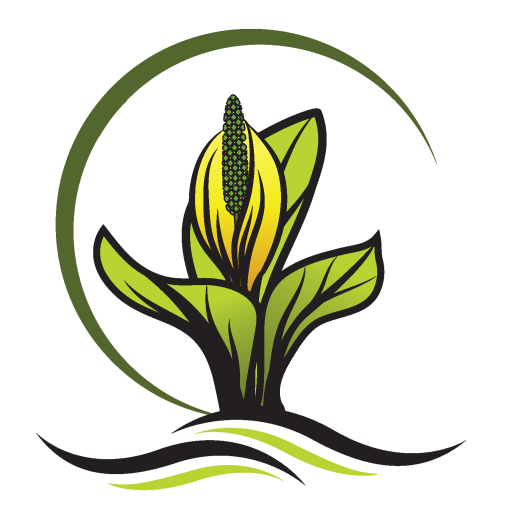Nasturtiums—not just another pretty flower
This happy colourful plant is a real workhorse in the garden. Not only does it cheer up any area, it is also one of those gems that will flower better in poor soil. It’s drought resistant to boot and is an excellent aphid decoy, luring those nasty critters away from your more prized plants, if you so wish (known as a trap crop). Nasturtiums also make an excellent ground cover, helping to crowd out weeds and reduce moisture evaporation.
Besides being an easy to grow plant, nasturtiums have many edible uses. Leaves, flowers, buds and seeds are all edible. Some tasty ideas include:
• Leaves are peppery and taste best when picked young. Add to salads, use in stir fries, roll up with prosciutto, stuff with tuna, or use in place of lettuce in a sandwich.
• Flowers should be picked the same day they are to be used. They are great in a salad or as a garnish, or you can get fancy and stuff with soft cheese or mince and add to butter or mayonnaise. Infusing vinegar is also quite a common use.
• Nasturtium buds can be pickled for a product that tastes similar to capers. When gathering, the buds should be fully closed. Here is a recipe: pickled nasturtiums. You can also use to add a spicy kick to potato or pasta salads.
• Green seeds (harvested before they harden and fall to the ground) can also be pickled (again, they have a similar taste and texture to capers). Experiment by adding dill or coriander. Searching ‘pickled nasturtium seeds’ on Google will return lots of recipes.
• Brown seeds can be roasted and then used in a pepper mill (or mortise and pestle). They have a peppery/wasabi-like taste.
Once you have a nasturtium patch established, they self seed quite nicely and you will have a perpetual supply of this very versatile and beautiful flower.


